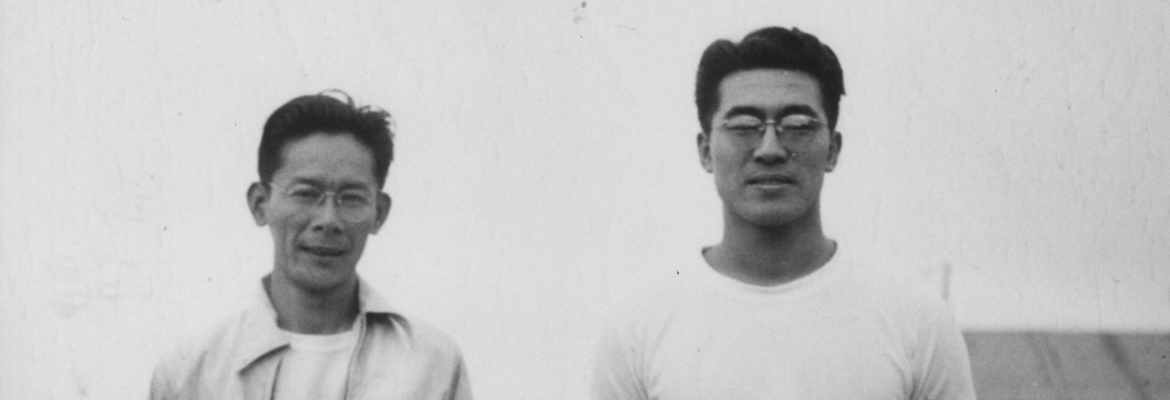After the bombing of Pearl Harbor, President Franklin Roosevelt cited military necessity as the basis for incarcerating 120,000 Japanese Americans—adults and children, immigrants and citizens alike. Decades later, a congressional commission found the justification of military necessity to be false. Click through the links below to learn the true reasons for this unprecedented denial of civil liberties and why it still matters today.
A Community Grows, Despite Racism
Beginning in 1885, Japanese citizens migrated to the U.S. for work but quickly became the targets of severe and racially exclusive forms of discrimination.
Looking Like the Enemy
In response to racially inflected wartime hysteria following Pearl Harbor, President Roosevelt signed an executive order that gave the army power to exclude whomever it saw fit under the guise of “military necessity.”
American Concentration Camps
After short stays in temporary detention centers, men, women, and children of Japanese descent were moved to one of ten concentration camps located in desolate sites throughout the West and in Arkansas.
Japanese American Responses to Incarceration
While the vast majority of Japanese Americans chose to obey the army’s exclusion orders, a few chose to challenge aspects of the exclusion and incarceration.
Righting a Wrong
With the war’s end, the camps were quickly closed down and Japanese Americans started over and slowly reestablished their communities, but faced continued racism and hardship. In the 1970s, a movement for redress galvanized the Japanese American community to raise awareness about the past in hopes of preventing it from being repeated.
Why Does This Matter Now?
World War II incarceration of Japanese Americans may have happened in the past, but it has ongoing relevance to contemporary issues of social justice and civil liberties.






